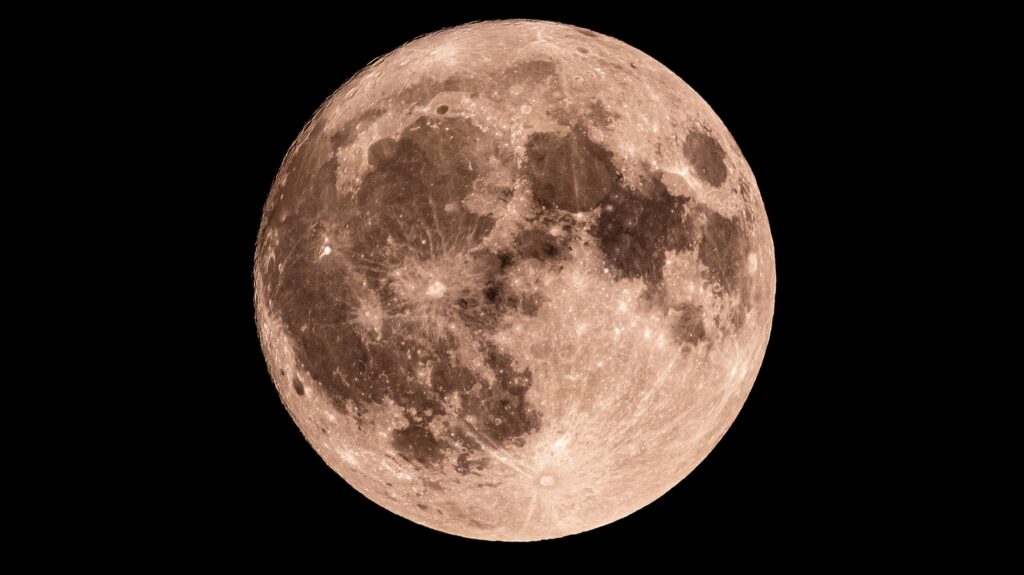
As of July 26, 2025, the moon is in its Waxing Crescent phase, offering minimal visibility for skywatchers. Currently, only 4% of the lunar surface is illuminated, according to observations from NASA. This marks the second day in the lunar cycle, which spans approximately 29.5 days. During this period, the moon’s position relative to the Earth and the Sun results in varying degrees of visibility.
Understanding the Lunar Cycle
The lunar cycle consists of eight distinct phases, each reflecting how sunlight interacts with the moon’s surface as it orbits Earth. As the moon moves, different portions become visible to observers on Earth. The phases include:
– **New Moon**: The moon is positioned between Earth and the Sun, rendering it invisible.
– **Waxing Crescent**: A small sliver of light appears on the right side.
– **First Quarter**: Half of the moon is illuminated, resembling a half-moon.
– **Waxing Gibbous**: More than half is lit, but it is not yet full.
– **Full Moon**: The entire face of the moon is fully illuminated.
– **Waning Gibbous**: Light decreases on the right side.
– **Last Quarter**: The left side is lit, resembling another half-moon.
– **Waning Crescent**: A thin sliver of light remains on the left before the cycle begins anew.
As the moon progresses through these stages, skywatchers can expect a more complete view as we approach the next full moon on August 9, 2025. The previous full moon occurred on July 10, 2025.
Viewing Conditions Tonight
Tonight’s Waxing Crescent phase provides a unique opportunity for learning rather than viewing. With only a small portion of the moon illuminated, observers will find it challenging to discern features on the lunar surface, even with the aid of binoculars or telescopes. The lack of visibility highlights the early stages of the lunar cycle, where anticipation builds for the brighter phases to come.
Understanding the phases of the moon not only enriches our appreciation of celestial events but also connects us to the natural rhythms of our solar system. As the moon continues to wax, enthusiasts can prepare for the increasing brightness and detail that will soon dominate the night sky.







